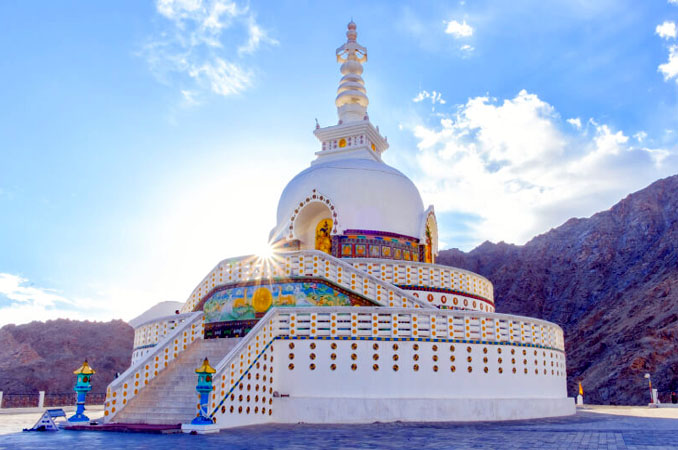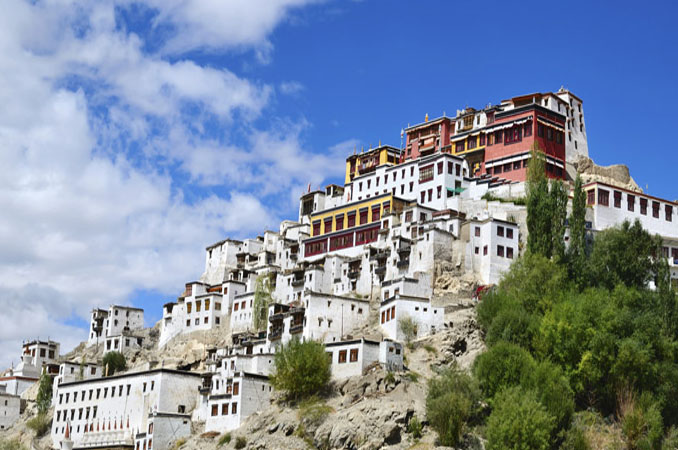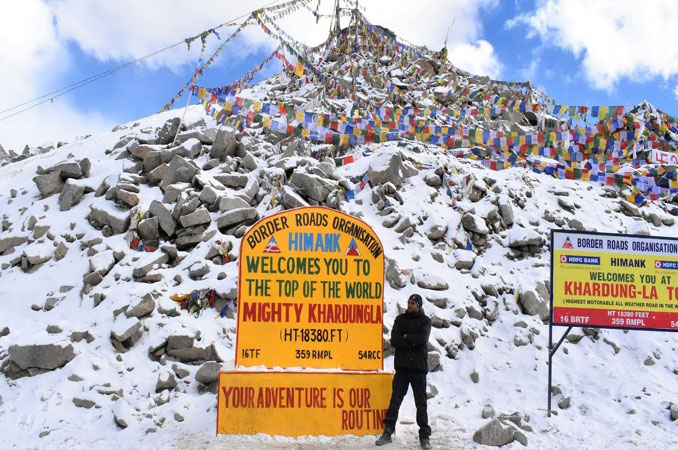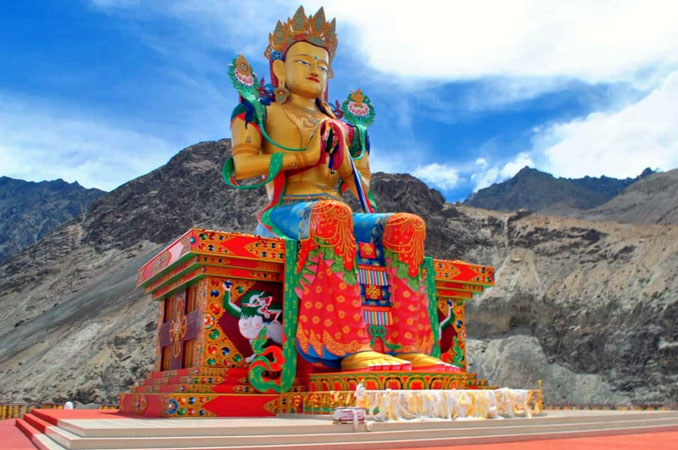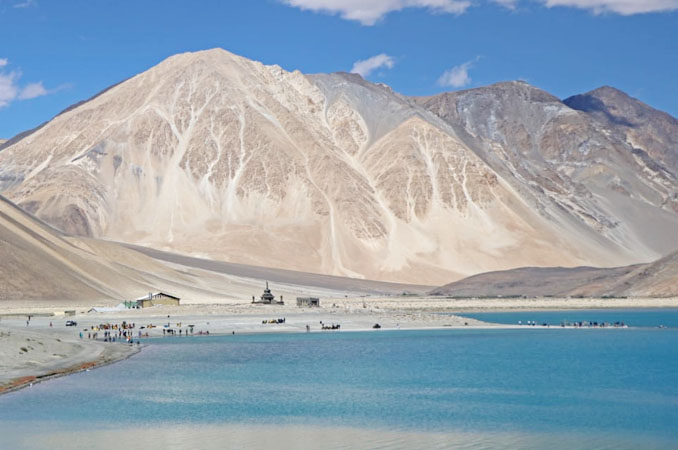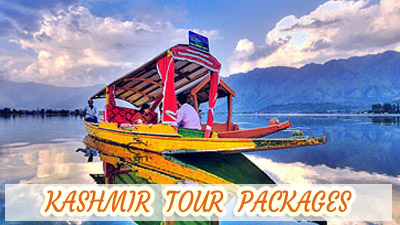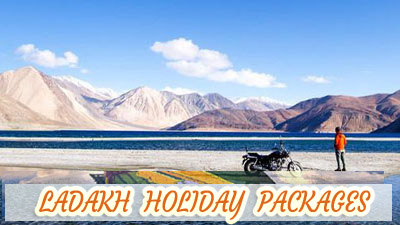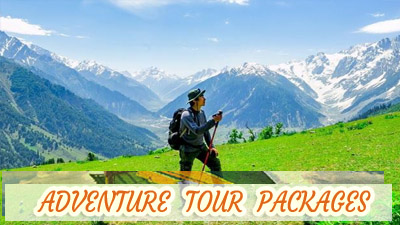|
Sightseeing in Leh Ladakh
A miniature version of the Potala in Lhasa, the Leh Palace is one of the
major attractions here. The palace was built in the 17th century and is now
dilapidated and deserted. It was the home of the royal family until they
were exiled to Stok in the 1830s. Above the palace, at the top of the
Namgyal hill, is the Victory Tower, built to commemorate Ladakh's victory
over the Balti Kashmir armies in the early 16th century.
The Namgyal Tsemo Gompa, built in 1430, contains a three-story high Buddha
image and ancient manuscripts and frescoes. The fort above this gompa is
ruined, but the views of Leh from here are breathtakingly beautiful.
The Sankar gompa is located a couple of kilometers north of the town
center. The gompa belongs to the Gelukpa order and has an impressive
impression of the Buddhist deity Avalokiteshwara Padmahari or Chenresig,
with 1,000 arms and an equal number of heads.
The Shanti Stupa was built by a Japanese order and was opened by the
Dalai Lama in 1985. From the top, one can view the exotic locales nearby.
The stupa is located at a distance of 3 km from the Fort Road.
The Mughal emperor Aurangzeb commissioned the mosque at the head of the Leh
Bazaar. The Soma gompa lies near the mosque.
Seventy kilometers from Leh India, on the banks of river Indus, is the Alchi
gompa dating back to the 11th century. It is one of the largest and a famous
monastery with a widely renowned collection of paintings.
At a distance of 45 km south of Leh, Hemis is one of the biggest gompas in
Ladakh. Built in 1630, it belongs to the red sect, Brokpa. It is also known
as Chang Chub Sam Ling or "the lone place of the compassionate person." To
commemorate the birth of the renowned Indian sage, Padmasambhava, the annual
Hemis festival is held in the month of June/July.
Situated on the opposite bank of the Indus across Thikse, the Matho gompa
was established in the first half of the 16th century and has a valuable
collection of old and beautiful thangkas, some in the form of 'mandalas.'
Its annual festival of oracles in early March is an important event in the
Ladakhi religious calendar.
Until the 16th century, the Shey gompa was the royal residence. It is
located at a distance of 15 km south of Leh. This Palace Monastery has the
largest statue of Maitreya Buddha (the Buddha to come) in Ladakh. Erected in
the mid-17th century, worked out of gold and gilded copper sheets with blue
hair, it stands 17.5 m high.
At a distance of 8 km from Leh, standing majestically on top of a hillock
overlooking the Indus Valley, lies the Spituk Gompa. It was built in the
15th century and houses a collection of ancient masks, antique arms, icons
and thangkas. Higher up the hill is the Mahakal Temple, containing the
shrine of Vajrabhairava.
About 20 km south of Leh, Thikse gompa is an imposing monastery and one of
the finest examples of Ladakhi architecture. It belongs to the Gelukpa
order. The 12-story monastery complex contains numerous stupas, statues,
thangkas, wall paintings, swords and a large pillar engraved with the
Buddha's teachings.
Belonging to the Brokpa sect, the Phyang gompa was built in the 16th
century. Located at a distance of 16 km from Leh, it houses hundreds of
statues, thangkas, old manuscripts and some old weapons.
The Bagso gompa is located 40 km downstream from Leh, and was the seat of
power of a branch of the Namgyal family. It is here in AD 1680 that invading
Mongol and Tibetan armies were held in check over a three-year-long siege.
Original 16th-century murals and other arts of Bagso are worth seeing.
About 45 km from Leh, the Chernry gompa is situated in a picturesque valley
leading to Changia. It was constructed upon Sengge Namgyal's death in 1645.
A large collection of scriptures with title pages in sterling silver and the
text in gold letters is kept here.
Nubra Valley :
Popularly known as the "Ldomra or the valley of flowers situated at an
altitude of about 10000 ft. The major attraction is the world highest road (Khardong
la 18,380 ft) The capital of Nubra, Diskit is 118 km from Leh has a
beautiful monastery(founded in 1420) on the hilltop just above the village.
7 km from Diskit is the village of Hunder, very famous for double hump
camels which is only found in Central Asia and Nubra Valley. Other
attractions are the villages of Trith, Sumur, Tegar (Samstangling Monastery
) and Panamik (hot springs).
Pangong Tso Lake
The Pangong Lake is situated at 14,000 feet (4,267 m), one of the largest
brackish-water lakes in Asia, is also considered as the largest lake in
Ladakh.. Pangong Lake lies like a giant snake is 130 km long. The Pangong
Lake is 160 km from Leh, with Spectacular view colorful mountains and
Changla Pass. The Ladakh range is crossed by the Chang-la (18,000 feet /
5,475 m), which is the third highest pass in the world.
ZANSKAR: The land of Religion, it is noted for its high ranges, fine
Gompas and gentle people. It has the largest number of Gompas in Ladakh
region outside the Indus Valley. The land is virtually untouched until now.
Now a popular destination for adventure treks. The famous peaks of Nun & Kun
also are in Zanskar. Padum is the the main habitation and subdivisional
headquarter. Close by are two famous Gompas of Stagrimo&Pibithing. A two
hour trek from Padum takes one to Karsha Gompa(16th Century). This is the
largest and the wealthiest Gompa of this region. Other interesting Gompas of
this region are:-Sani(6Km from Padum),Stongdey(18Km),Bardan(12Km)and the
Phugtal Gompa.
Climate
In winter the temp touches as low as minus 30 degree(Leh & Kargil) and minus
60 degree in (Drass) subzero temp. prevails from December to February
throughout Ladakh, where as, zero degree temp.'s experienced during rest of
winter months. This result in freezing of all conceivable water resources.
During summer the maximum temp. increases from 20 degree C to 38 degree C in
July and August. The relative humidity is low and ranges from 31 to 64
percent. |





 0
0 1
1 2
2 3
3